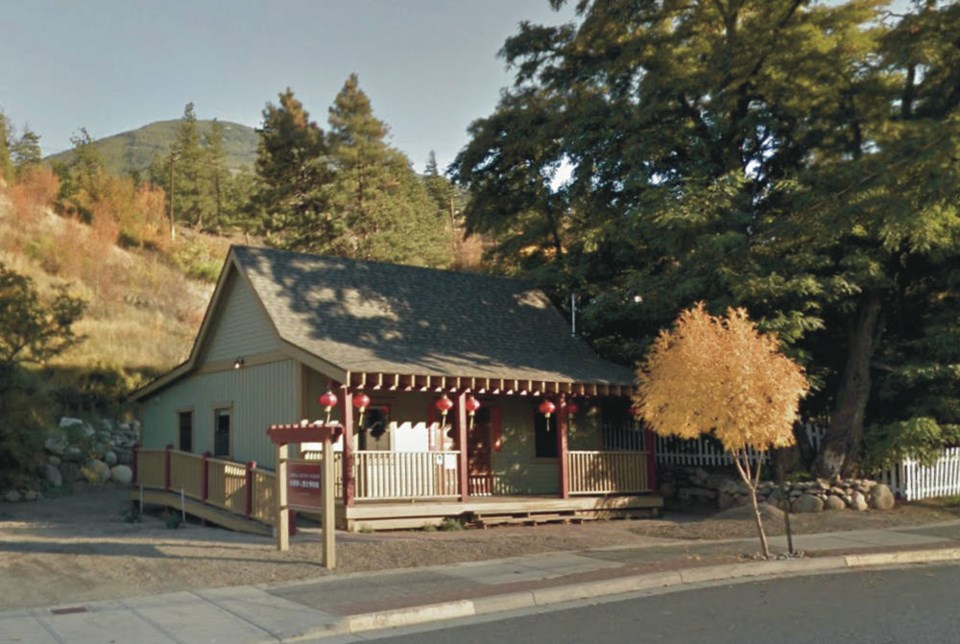The owner of the Lytton Chinese History Museum that was turned to ash in the fire that destroyed most buildings in Lytton says she’s going to take a few days before deciding what to do next.
Lorna Fandrich said while the building the museum was housed in was insured, she has a big decision to make about whether to rebuild.
All that’s survived is the museum’s database of 1,600 artifacts. Fandrich said photos suggest the artifacts themselves were destroyed.
“It’s all ash. I don’t think we would find anything there — unless some ceramics made it through.”
“I’ve also had so many people say they would help out both physically and with money if I do restart,” she said Monday. “I’m looking at that now. I’ll decide that in the next couple of days.”
The fire that swept through Lytton on June 20 killed at least two people. The fire came after a period of intense heat in the Fraser Canyon community of 250. In the three days before, Lytton set, then broke, the all-time heat record for Canada on June 29 when the temperature reached 49.6 C.
Lytton is 260 kilometres northeast of Vancouver on the Trans Canada Highway.
Fandrich said many other families in Lytton are also affected by the fire.
“There are many, many families that are probably worse off than us because they don’t have insurance, they don’t have a job now,” she said.
Fandrich said her two sons have lost their homes and her daughter lost her coffee and art store. Fandrich and her husband Bernie’s house on the south side of Lytton wasn’t affected by the fire.
Lorna and her husband also own Kumsheen Rafting Resort. Fandrich said the fire bypassed the building housing Kumsheen, even though they initially were told it was destroyed.
With Lytton and area still evacuated, no one from the family has been allowed to go to see what’s still standing at either Kumsheen or the museum.
Fandrich said when she and her husband bought an empty lot at 145 Main St. in the early 1980s, they were told that a Chinese joss house or a temple had been on the site from 1881 to 1928.
“Over the years, I thought: ‘Somebody should do something to remember that they were there.’ Nobody did of course. Because I’m near retirement age, I thought: ‘Why don’t I do it?’ ”
The Lytton Chinese History Museum opened in May 2017. Built to recall a traditional joss house, it brought to life the early Chinese Canadian immigrants to the area — many of them who came to work on railway construction — through two collections of artifacts from the Lytton area and from Barkerville-Quesnel-Williams Lake.



